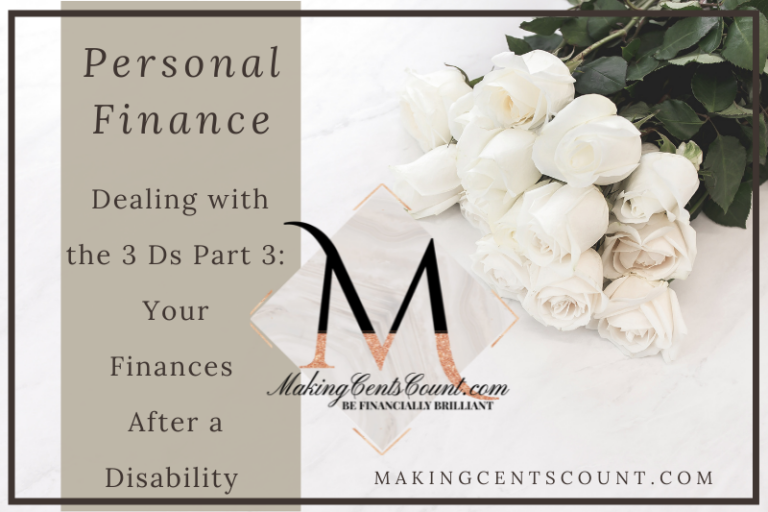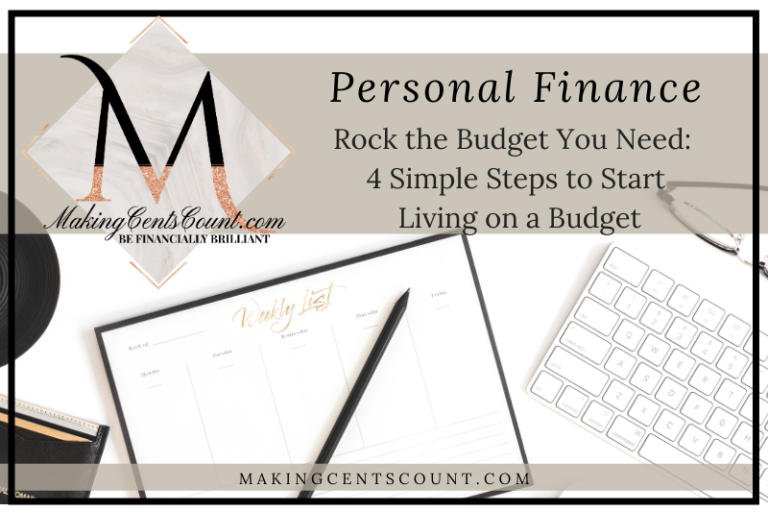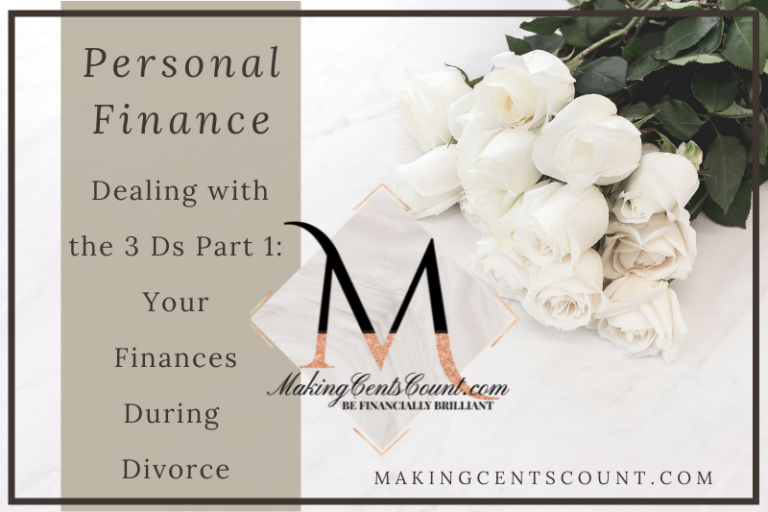5 Steps To Easy Budgeting & Planning Before Year-End
Estimated reading time: 9 minutes
As the air turns crisp and the scent of pumpkin spice is wafting from your favorite coffee shop, chances are budgeting and planning aren’t on your mind. You’re probably focused on packing in those last weekends of late summer and adjusting to back-to-school schedules. Maybe you’re even starting to make plans for the holidays.
Come January, most people set out with big resolutions to (finally) get a handle on their finances. But here’s the deal: there’s no time like the present to start preparing for year-end. I know it seems early, but the truth is the fall comes and goes quickly. Then we’re bombarded by the holidays (and the accompanying excitement and expense). It’s far better to go into the season knowing exactly where you stand!
The other great aspect of year-end budgeting and planning now is that you have plenty of time to course-correct if needed. You may look at your finances and realize everything’s in ship-shape. In this case, you can kick back and relax, coasting through the end of the year. Or you may find areas for improvement to buckle down and address in the last quarter.
Either way, it’s an excellent time for budgeting and planning. Here are five steps with all the financial resources you need to get started!
Table of Contents
- 1. Start Year-End Budgeting by Looking At Cash Accounts
- 2. Consider Your Lifestyle When Budgeting and Planning
- 3. Decide If You’re in the “Like To” Pool or the “Must-Do” Pool
- 4. Focus on Your Three Biggest Financial Goals
- 5. Take The 6 Simple Steps to Get Financially Organized
- Making Cents Count Financial Organizer
Are you ready to start investing, control your finances, and prepare for retirement? Join our amazing community! You’ll receive exclusive financial tips from Making Cents Count, as well as unlimited FREE access to our resource library full of money-saving tools and guides.
1. Start Year-End Budgeting by Looking At Cash Accounts
There are many great financial articles that suggest dollar amounts you should tuck away in your cash accounts. You’ve probably heard of the importance of an emergency fund and how it differs from your savings account. Should you operate on a cash budget? How much wiggle room do you need?
To determine these numbers, of course, you need to take into consideration what your expenses are, as well as leaving a little bit extra for a cushion. But as you read everyone’s advice, it gets a little too hazy as to what your cash accounts should entail, as well as how they should be earmarked. It’s just not going to look the same for every person.
So, if you’re figuring out your cash accounts for budgeting and planning purposes, you’ll want to consider at the following accounts:
- Cash Cushion
- Emergency Fund
- Savings Account
For the definitions and strategies for building these accounts, take a look at my Low-Risk Laddering Strategies post. This post will help you assess what you’re going to need to keep in each of those accounts (based on your lifestyle and needs) and how to build those accounts up before the holiday expenses hit!
2. Consider Your Lifestyle When Budgeting and Planning
I must admit, I totally geek-out when it comes to preparing a budget and seeing the numbers come together (I know, nerd alert, right?). It makes me even happier when my numbers actually end up being less than I projected, and it leaves me with even more money to play with! Let’s face it—we ALL love extra money!
Though I’m a risk-taker when it comes to investing (and, well, life in general, for that matter), when it comes to having “extra” money sitting in my checking and savings accounts, I’m the complete opposite. And trust me when I say this, this wasn’t the case for a very long time. It was all about finding the budget to fit what I needed (not a budget for someone else’s lifestyle).
So hang on, because I’m going to show you straightforward steps to start rocking the budget you need! In this post, we’ll explore exactly how to create a budget that fits YOUR life and risk tolerance. If you want to get your budgeting and planning under control, you MUST make sure you’re working with budget parameters you can live with!
3. Decide If You’re in the “Like To” Pool or the “Must-Do” Pool
It’s always exciting when you’ve decided to get your finances in order, and it’s even more exciting when you actually find yourself succeeding month after month! Feeling satisfied with your finances is also a pretty good indicator you’ve discovered a system that works for you. That’s great!
Then there are the rest of us. I often say there’s the “like to” pool vs. the “must-do” pool. Almost everyone would “like to” have more money and more savings, but some of us are to the point of desperation. We know we must start saving now (or better yet, yesterday)!
If you’re wondering how to get started, or you suspect you need a little financial help as we move toward the winter months, here’s a guide on how to create a successful snapshot of your monthly budget. A budget snapshot will help you with your budgeting and planning in a simple way that’s not overwhelming. This post will lead you through the essential questions you need to explore to determine what type of budget you need (simple or more in-depth).
First, ask yourself (and be honest) if you’re the type who typically sets goals. If you are, how do you prioritize them? Do you list your broad, overarching goals annually, and then break them down from there?
How do you go about breaking goals down further? Do you give each of your goals thought and write them down in advance, or do you wing it and write them down as they come to you?
If you’re the type who practices less-is-more, this is a great starting point, giving you a one-page slam dunk! You don’t need to put in tons of thought into the budgeting process. The snapshot will help you capture what you need in one simple page for budgeting and planning.
4. Focus on Your Three Biggest Financial Goals
If you’re looking for a more comprehensive budgeting and planning guide, you may want to explore my monthly budget workbook, discussed in the post How to Budget Your Finances. In this post, we’ll talk about how to set BIG HUGE financial goals…and then tackle them!
It all starts by determining your BIG 3 goals. First, you begin by figuring out the three financial goals you want to address. Once you’ve accomplished those, you’ll challenge yourself even further by going for what we call our “Stretch Goals.”
Stretch goals are our biggest, scariest, and really, really hairy goals. They’re the goals you look at and think, “I could never get there.” Using stretch goals to achieve more is a standard business strategy, but one we can incorporate into our own finances. Now, to be perfectly honest, most of us don’t end up hitting them completely. But just by having these goals articulated and setting them, you know you’ll target them in the future. These goals become your beacon and your constant reminder.
In case you’re wondering how many Stretch Goals you get to set, the number is three! Somehow, goals seem more manageable (even those big huge ones) in threes.
By focusing on our big three financial goals, we break them down into smaller, more manageable bites and pieces. We see how we should do a little each day to move us toward success. Suddenly, the big, hairy goal doesn’t seem so big and hairy anymore! You can do it! Just break it down.
5. Take The 6 Simple Steps to Get Financially Organized
Are you a list-lover? Do you feel more organized with a good ol’ checklist? Well, then you need to check out the 6 Simple Steps to Get Financially Organized Checklist. This list is the comprehensive Mack Daddy of the financial to-do and task checklists.
As you’re doing year-end budgeting and planning, the best way to handle it is to get organized. Now, no one will deny that getting financially organized is a bit, well, daunting. Even for those of us who feel like we’ve got a grip in this area, finances are still a challenge.
What about those who don’t feel like they have a grip (and if we’re completely honest here, a clue) on where to start? Finances often feel downright terrifying. So, what happens? People put their heads in the sand and hope if you ignore it, it will all be okay.
Unfortunately, this approach doesn’t work and can even be dangerous! Instead, it’s better to buckle down and figure it out. You may have an idea of what the “to-dos” are on your list, but you’re wondering what it really entails. What about the actual “task” part of the list? How will you complete your to-do list (will you ever?) and where do you even start?!
It may sound quite overwhelming, but I want you to remember the quote by Creighton Abrams, “When eating an elephant, take one bite at a time.” It really is that simple—you need to tackle each task in bite-sized pieces and baby steps. Because here’s the truth—the hard part is actually starting.
So, if you’re ready to go into the end-of-year financially prepared, there’s no time like the present. Speaking of presents, if you’re also hoping to get a jump on your holiday shopping, don’t miss the comprehensive Holiday Budget Planner available in our resource library. If you prefer the excel version, we offer that one as well.
In the meantime, enjoy your pumpkin spice latte! The end of the year will arrive before you know it!
If working on your finances is one of your goals right now (or, maybe it’s been a goal for some time), I suggest starting with the Making Cents Count Financial Organizer.
Our financial organizer is the robust answer you need. The organizer is our DIY financial services option, providing you with the tools to eliminate financial overwhelm.
In the exclusive Making Cents Count Financial Organizer, you’ll get:
- Clear strategies to get your finances under control
- Processes to organize and streamline your investments
- Guidance to track your legal documents, tax information, and permanent records
- Markers to know when you should meet with an attorney to establish a will or trust
- Templates, checklists, and step-by-step actions
- Insights on the financial-must haves to build a secure future
- Detailed How-To Guide for optimal results
If you want financial confidence, grab the Financial Organizer, and get results that fit *your* lifestyle!
Making Cents Count Financial Organizer
Once you get your budget rolling, check out my post on 6 Simple Steps to Get Financially Organized. This post also includes a helpful checklist available in my Resource Library (free to access).
Admittedly, this particular checklist has a larger-scale focus on your overall financial picture, but I genuinely feel that getting your finances organized is essential.
I’m so excited to invite you to join our Financial Success Society Waitlist! Our enrollment opens soon (so don’t miss a chance to get on the notification list). Your journey to financial success is unique and with this exclusive membership, you’ll receive the guidance you desire, enabling you to move financially forward, no matter where you are in your financial journey. At Making Cents Count, we offer an array of outstanding products and services to help you get control of your finances so they won’t control you!







